According to recent news from the Royal Horticultural Society (RHS), use of the word “pest” is to be banned.
Greenfly, whitefly, slugs, snails, vine weevils, eelworms and many others are no longer deemed to be “pests”.
Oh really? Whilst there can be no halfway house, for ordinary gardeners – and that includes me – it will be nigh impossible to change our attitudes to these creatures overnight after a lifetime of learning and seeing the damage they can cause.
Some of today’s control measures may be a bit OTT but I think it has to be a bit of a pipe dream to think that we can do without them.
Attitude
In the short term, many will find this “edict” hard to understand let alone comply with. Don’t get me wrong, I wish we could adopt such an attitude at the drop of a sprayer but that is very unlikely.
I can’t see all of these creatures being treated “sympathetically” as fellow inhabitants of Mother Earth with every right to be here.
Class them as you like but if these creatures are ruining my crop of carrots, they better know that I will be doing my best to stop them.
Crop of carrots
Some of you will realise that I chose to mention carrots specifically. Why? Because the dreaded carrot fly CAN be thwarted rather easily – simply cover the crop with fleece to keep the little blighters out.
Remember, however, that there can be an attack later in the season when a second generation of flies hatch.
These are the ones which will burrow into mature roots.
Don’t say I didn’t warn you, we still need to study garden pests closely to understand their life cycle, discovering perhaps when they are at their most vulnerable.
Undoubtedly some readers will happily join in or even welcome the idea that we cease to regard some organisms as pests.
Other techniques
On the other hand, should those of us who wrestle with the idea, while trying to master other techniques, to protect our plants, be classed as “baddies”?
I hope not. Let’s not forget that in the world of disease control in plants, huge strides forward have been made by our plant breeders creating resistant varieties.
We must live in the hope that varieties of plants, unattractive to feeding beasties, will be created over time, but I reckon that is a bit of a pipe dream.
Like us, these same beasties must eat to live. I just wish the flipping whitefly which are back on my fuchsias would find something else more to their liking.
I hate having to use these yellow sticky traps; apart from them being unsightly, the first thing they are likely to catch is me.
Chelsea Flower Show
In gardening circles, the talk of the last week has undoubtedly been Chelsea Flower Show, which, by the way, I was invited to attend by none other than the new president, Mr Keith Weed, the privilege and honour being bestowed on new holders of the Victoria Medal of Honour.
Sadly, the journey and the necessary traipsing about is rather more than I can manage nowadays, so I have had to be avidly watching some of the TV programmes and never cease to be astonished at the garden design competitions.
From a level piece of ground, no bigger than a tennis court, a mature-looking woodland garden can be created in days, just to be dismantled in a fraction of the time, when the show is over.
The cost of these “picture gardens” must seem to be an abomination to many but I grant you the skills shown by the designers are nothing short of miraculous, admired by thousands, but sadly for most of us they are likely to remain flights of fancy.
Design
How do they manage it?
I remember a story from Chris Beardshaw (one of this year’s winners again) which explained how it all works.
He went off to Germany, to a specialist tree nursery to acquire a mature tree, to be a major feature in his planned design. He picked out a tree to suit his plan, cost: £20,000.
He asked the grower to “put it to one side” whilst he set out back home to find a customer for the tree AFTER it had served its purpose at Chelsea.
Only then was he able to sign on the dotted line.
Though TV programme makers tend to emphasise these grand exhibits and ideas outwith our wildest dreams, there is so much to engage the millions of “ordinary” garden lovers from town and country; for them it is a wonderful day out, with pen and notebook at the ready.
Actually, that is no longer the norm, it is out with the mobile phone, snap a picture and note name, cost and supplier then move on.
I am so jealous, but these days have gone and to think I could have been meeting a few old chums along with a free lunch, without queuing.

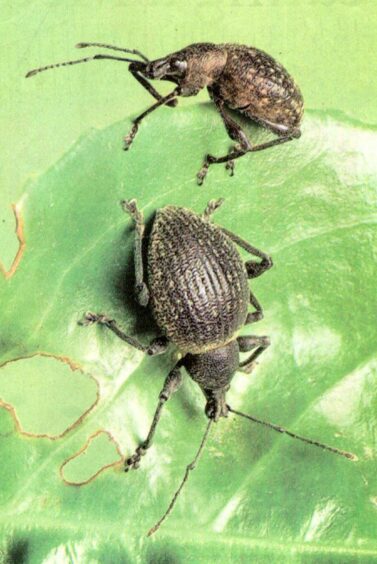
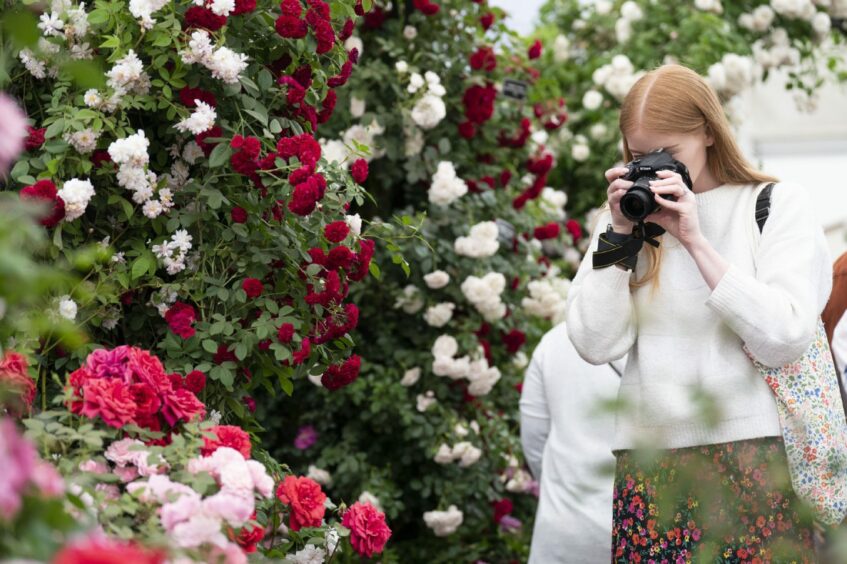
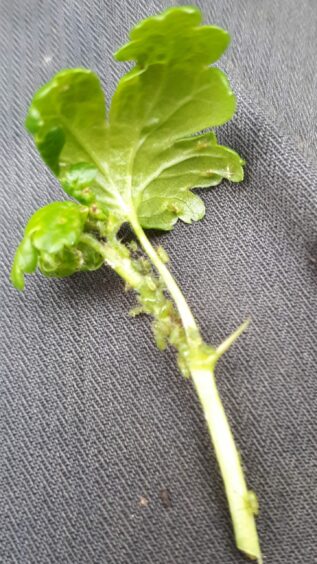
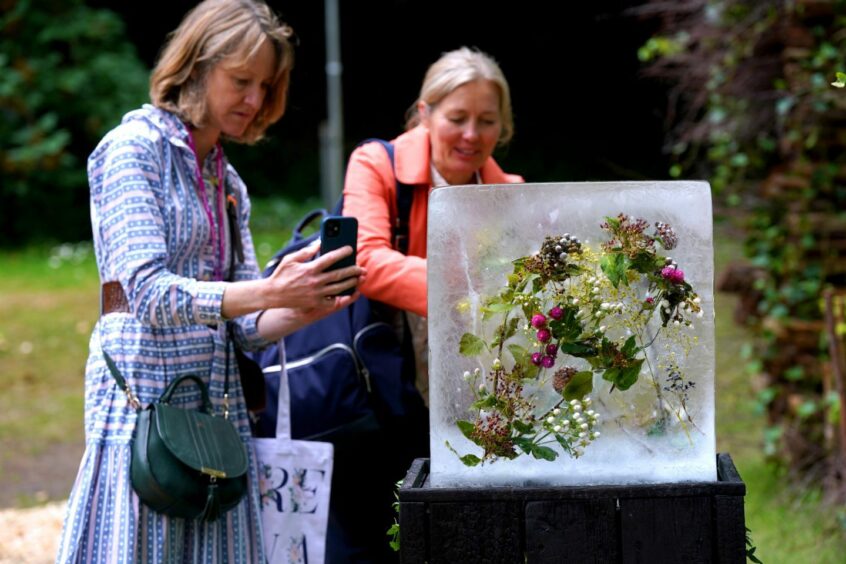
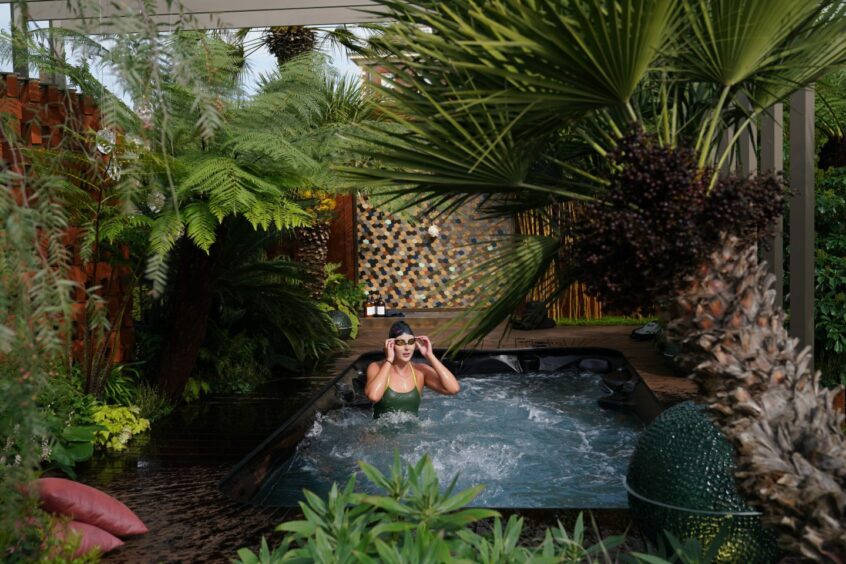
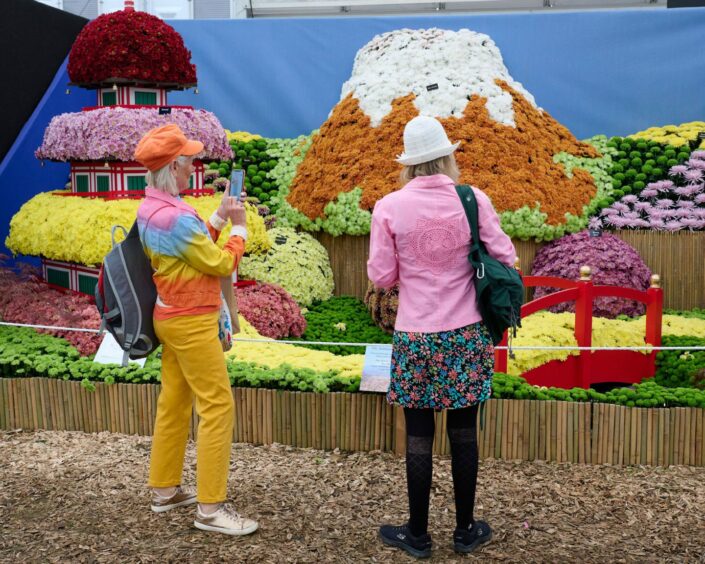
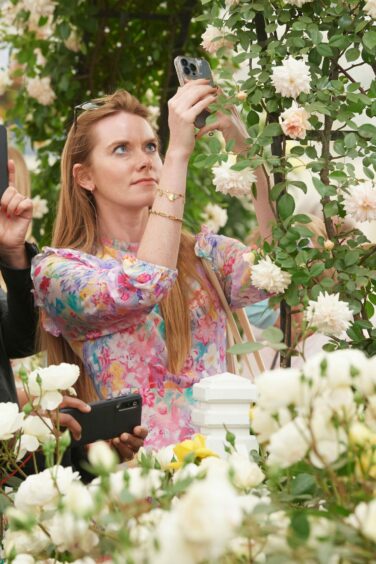
Conversation